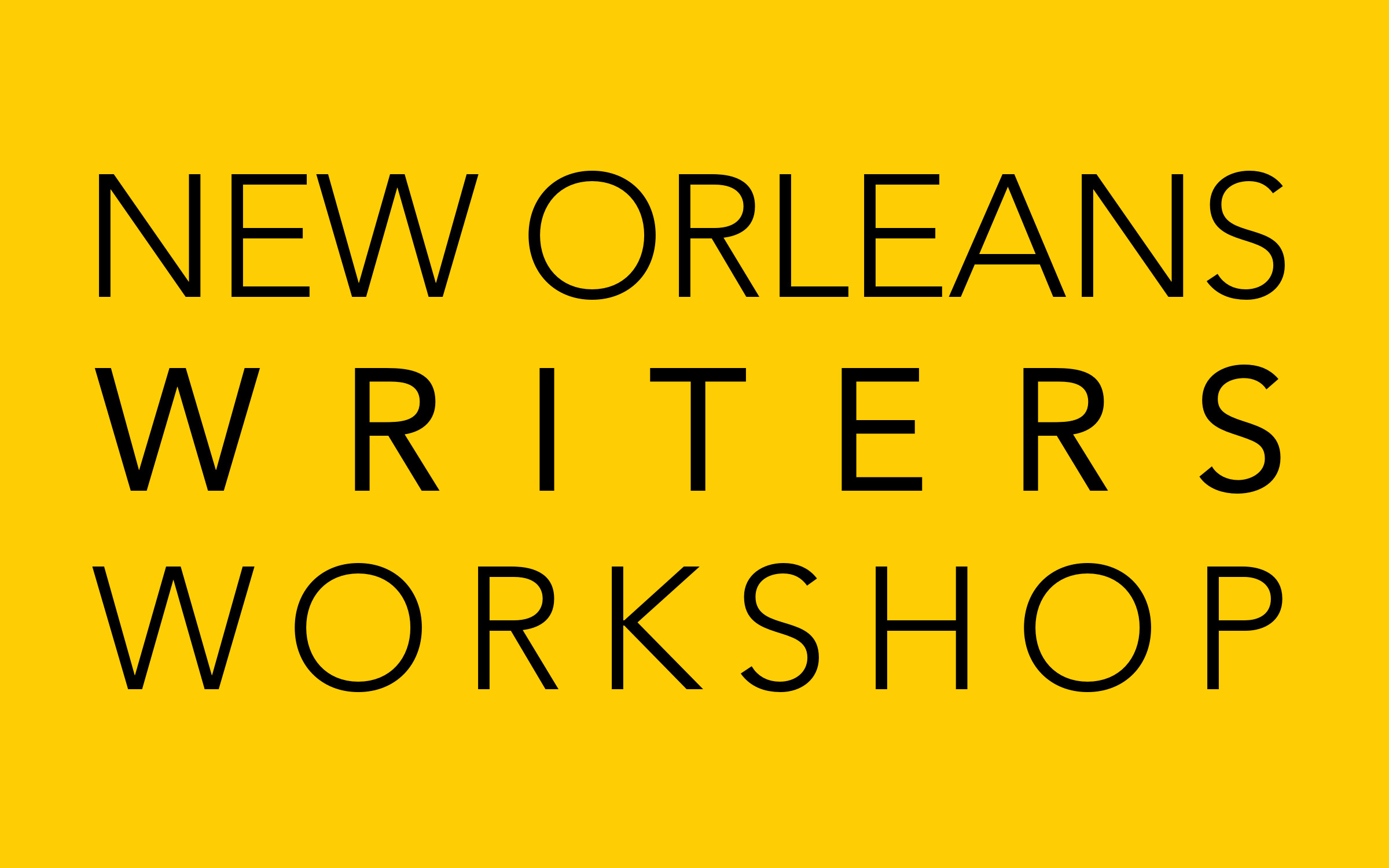Allison Alsup (For more on Allison’s Prose Essentials class, starting 10/04, click here.)
I’m very, very close–99%-to finishing a story.
At this point, the key elements–pov, premise, conflict and stakes, pacing, structure–are in place, or at least as in place as they’ll ever be. Going forward, there will be no sudden moves. The ordering of events is set, the characters’ fates sealed. I’ve debated nixing a few dips into backstory but decided they’re essential to understanding the characters’ current behaviors, and so they’re staying put. And yet despite all that feels done, I know I won’t be dashing this story off to journals tomorrow.
99% is the decidedly non-photo opp stage when I print out the pages, sit unwashed and uncombed with a cup of strong coffee on the nightstand and scour the hard copy. Every sentence auditions again. I look for extra or repeated words, weak verbs, vague descriptions, superfluous details or any ideas a reasonable reader could infer and thus can be cut. I read the entire piece aloud, letting my ear catch what my eyes have missed for the last forty-two drafts and make final calls on phrasing. I also obsess about hot, sexy things like paragraph breaks.
As much as I would like it otherwise, 99% isn’t 100%, and very, very close isn’t done. And not just because the above polishing needs to be typed into the computer. A thornier task remains, one that seems to perpetually manifest itself at the very end of my process: deciding and in most cases, composing the final 1% of the prose. Over the course of a twenty page story ( or personal essay), this amounts to some six to eight sentences. To be clear: I don’t mean the last sentences, The End. Or even the most knock out or lyrical sentences. What I mean is that handful of phrasing that forms the bare bones of the central character’s development. Why place so much importance on a smattering of words? In short, because these sentences signal the moment of truth arrived. These are the clutch sentences that together, trace the inner conflict. This final 1% represents my 100% commitment to the story’s message.
A couple of years ago, I was lucky enough to take a fiction workshop with the incredibly modest and affable Richard Russo who likened the process of building his novels to walking down a grand hall lined with doors. The writer opens one, and chances are, it leads to several others; just as importantly, it shuts others off. Going in one direction precludes going in another. Gradually, there aren’t a lot of doors left, just a few closets and discreet w.c.‘s. Once he’s committed to an initial series of choices, there’s little backtracking and plotting the novel’s second half goes more smoothly than the first.
I have zero business challenging anything Richard Russo says about writing, and I also find getting a story’s beginning right the toughest part of the process (worthy of a griping essay down the line). There is for me, however, a counterpoint at the very end–the exact place in which I find myself now. It’s definitely a shorter round and less overwhelming than the heavy lifting necessary at the start, but tricky all the same and may be the closest I come to FOMO. With the final 1%, I’m about to close my very last door. Once I do, there will be no outs left. With this end push, I’m forced to sharpen my own thoughts around meaning and significance, often via a character’s thoughts or feelings, until the story bears scrutiny.
And if I want an audience, not just my own. Stories can overwhelm both the writer and the reader; we can easily lose ourselves in a lush thicket of pretty details. What is this damn story about anyway? What makes it worth reading? If I were lucky enough to have even two smart people read my work, what might they find worth discussing, even debating? What would keep them from scratching their heads and saying, Heck, if I know.
I’ve been teaching with the New Orleans Writers Workshop for a while now, and just about every class someone poses the question: When do you know a piece is done? Often there’s a hint of quiet desperation in the quandary, as in: Please give me permission to break up with my story. The issue of finishing also comes up with the manuscript critique work I do, especially if I’ve had the good fortune to read multiple drafts of a piece. Recently I was talking with one such writer. Like mine, her story is very, very close to being done. I could sense frustration, even a little nervousness, when I explained she had one more round to go before the story would be ready to send out. She’d reached the last 1%; this time, there’d be no writing around the gaps.
Again her blank spots weren’t the final lines–these felt spot on–but earlier key junctures where an important event, interaction, or memory had taken place. We even located the three exact spots, like empty blanks on the page, where those as of yet ghost sentences needed to materialize. While an invested editor or reader can help identify these critical turns, only the writer can fill them in. Because they speak to vision, that work must fall to the writer alone–often at the very tail end of the process. Had the writer known exactly what to write and where to put them from the get go, chances are the story or essay’s messaging would have felt forced–shoved down the reader’s throat rather than suggested with wiggle room for interpretation. Only in drafting, in exploring not what we knew going in, but what we’ve been compelled to stew over revision after revision, can we eventually come to understand what we might want the work to ultimately convey.
But at some point, we nearly arrive at the end only to find those slippery turns remain–usually a beat of unarticulated interiority–a thought, observation or feeling fundamental to the inner conflict. It’s not surprising that these challenging spots are among the last to go. We may have even suspected for quite some time that the reader needed clues here or there but wrote around the blanks, hoping they would somehow fill themselves in. Or perhaps we took early stabs only to find that by the end of the drafting process, we’d come to different conclusions about the significance of these moments. And now, with nearly nothing else left to fix, these half dozen or so sentences, the very ones the reader depends upon in order to trace the story’s development and which we need to finish, are the very ones left.
The more I read others’ work and write my own, the more I think any given story or essay’s success, assuming it’s been proficiently crafted, comes down to pattern-making: creating patterns to establish its rules and then varying those patterns to reveal its development. Tightening this pattern work and rendering it accessible to the reader is for me, the thorny stuff of the final 1%. If we were to go back to our lovely thicket, the 1% requires we reorient ourselves in our story’s messaging and visibly trace our focal character’s relationship to the central conflict. It demands we clarify those turns where a reader needs a stepping stone and then lay one down that allows him or her just enough direction to move forward again.
Sometimes this requires me directly telling the reader what a character is feeling or thinking or realizing. I know plenty of writers would fiercely argue the contention that stories should include any tell whatsoever; I encourage you to write your own essay on the subject. All this to say, that in an art form in which “Show, don’t tell” is the rule, you can bet such overt phrases stand out. So they have to be spare in number and laser sharp and earn that right to tell. We can’t simply rely on a single epiphany at our piece’s end to render the whole of its meaning; rather that moment of revelation or choice depends on the success of the patterning or path we’ve laid before–those handful of critical sentences I’m endeavoring to shape now–so that when the big moment does come, the reader will fully experience its impact.
Then, at last, I know I’m done.

